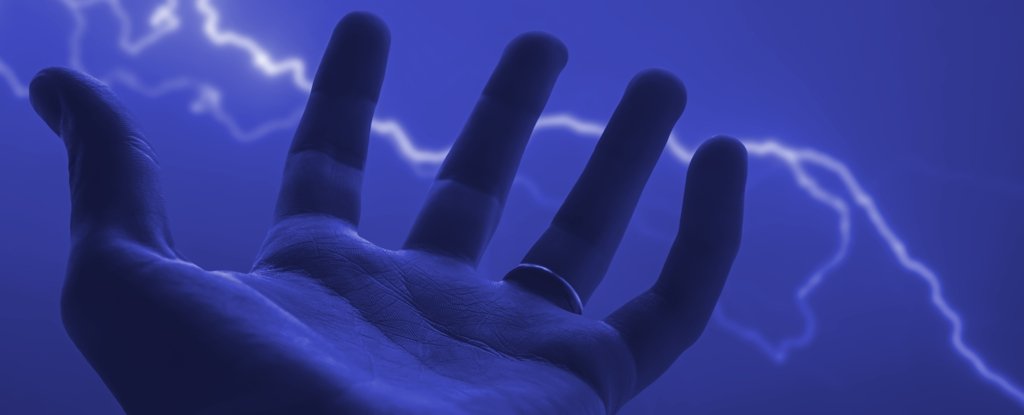
The popular belief is that lightning strikes are rare. Statistically, this is true.
However, fatal lightning strikes are still a major source of human misery each year, despite being rare. Lightning strikes are responsible for at least 4500 deaths each year. However, some estimates suggest that this number could rise to the tens or even hundreds of thousands.
The truth is that we don't have any data about natural electrocution death. Because many strikes occur in remote locations, it is difficult to find evidence of such a death.
A lot of things can happen when a body is struck with lightning. If a victim does not survive, there is a variety of evidence left on the body that can help identify the cause. This includes burn marks and damage to the skin.
What if all of the tissue is gone? For forensic scientists, who might only have bones to use as a reference, is lightning leaving any trace on a skeleton?
A new study has shown that it is.
(Nicholas Bacci, Hugh Hunt and Wits University).
Above: A bone sample before, during and after current (left to right). This was taken during the experiment's setup.
Nicholas Bacci, forensic anthropologist at Wits University in South Africa, says that "our work is the first to identify unique markers of lightning damage deep inside the human skeleton" and allows us recognize lightning when only dry bones survive.
Bacci and other researchers had previously identified these distinctive markers in animal bone. They noted "extensive microfracturing of the bone matrix" when pig bones were subjected to high impulse current. This simulates the electrical jolt caused by a lightning bolt.
The same type of micro-fracturing was seen in the bones from a wild giraffe killed by lightning strikes. However, it is not clear if human skeletons would show the same horrific signature.
We now have the answer thanks to cadavers that were donated to science. Researchers observed similar patterns in micro-fracturing of human bone under the current application. This is different from thermally induced bone changes (such as bones being burned in a fire).
Patrick Randolph-Quinney, a forensic anthropologist at Northumbria University in the UK, says that lightning damage manifests as cracks radiating out of the center of bone cells or jumping irregularly between clusters.
"The trauma pattern is the same, even though the micro-structures of animal and human bones are different."
(Patrick Randolph-Quinney, Northumbria University/Tanya Augustine & Nicholas Bacci, Wits University)
Above: Micro-trauma patterns and micro-fractures in human and giraffe bones.
The patterns may look the same, but intensity depends on where they are coming from. For example, the team found that the micro-fractures in the wild giraffes killed by lightning were significantly more frequent than those in the human bones.
Another factor that could affect micro-fracture propagation within human skeletons, is bone density. This decreases after 40 years and might make bones more susceptible to lightning-induced fractures.
Researchers believe that there is a two-fold mechanism behind the formation of micro-fractures in bone.
In an article for The Conversation, researchers explain that the current creates a high-pressure shock wave as it travels through the bone.
This is what lightning experts call barotrauma. The passage of electricity literally blows bones apart.
This second mechanism is an example for the piezoelectric effects, which affects how bone behaves in an electric field.
Researchers explain that collagen, which is the organic part of bones, can be arranged in fibers or fibrils.
These fibrils can rearrange themselves when current is applied. This causes stress to build up in the mineralized or crystallized bone component, which in turn leads to deformation and cracking.
For forensic pathologists the discovery of micro-fracture patterns could be considered a "smoking pistol", as it indicates the probable cause for death in mysterious fatalities that have no other evidence.
If you want to avoid these microroscopic ruptures, it is best to stay indoors when the weather looks dangerous.
Even though lightning almost never strikes twice, it sometimes only needs to strike once.
These findings were published in Forensic Sciences International: Synergy.
